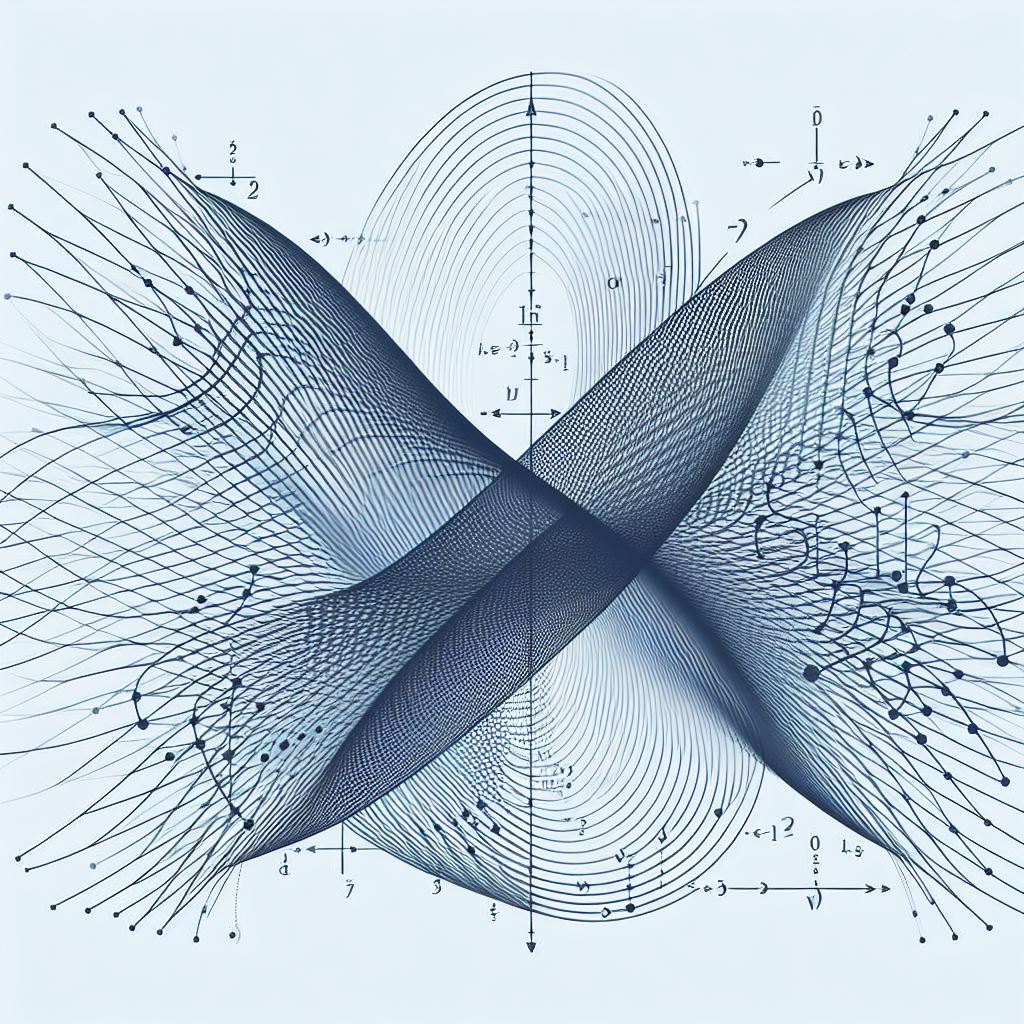Definition of Derivatives and the Power Rule
The derivative of a function describes the function's instantaneous rate of change at a certain point - it gives us the slope of the line tangent to the function's graph at that point. See how we define the derivative using limits, and learn to find derivatives quickly with the very useful power, product, and quotient...
Shares:













